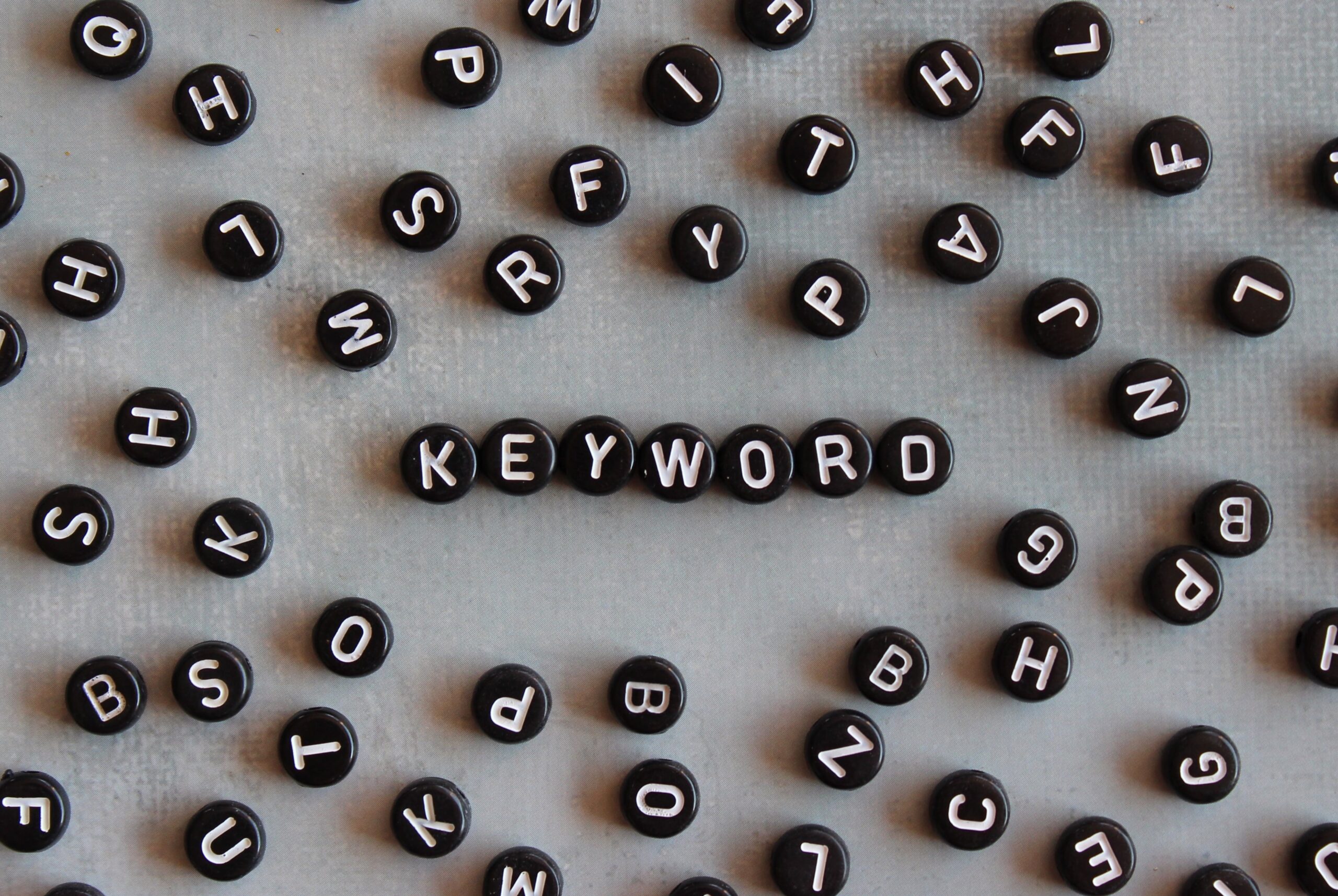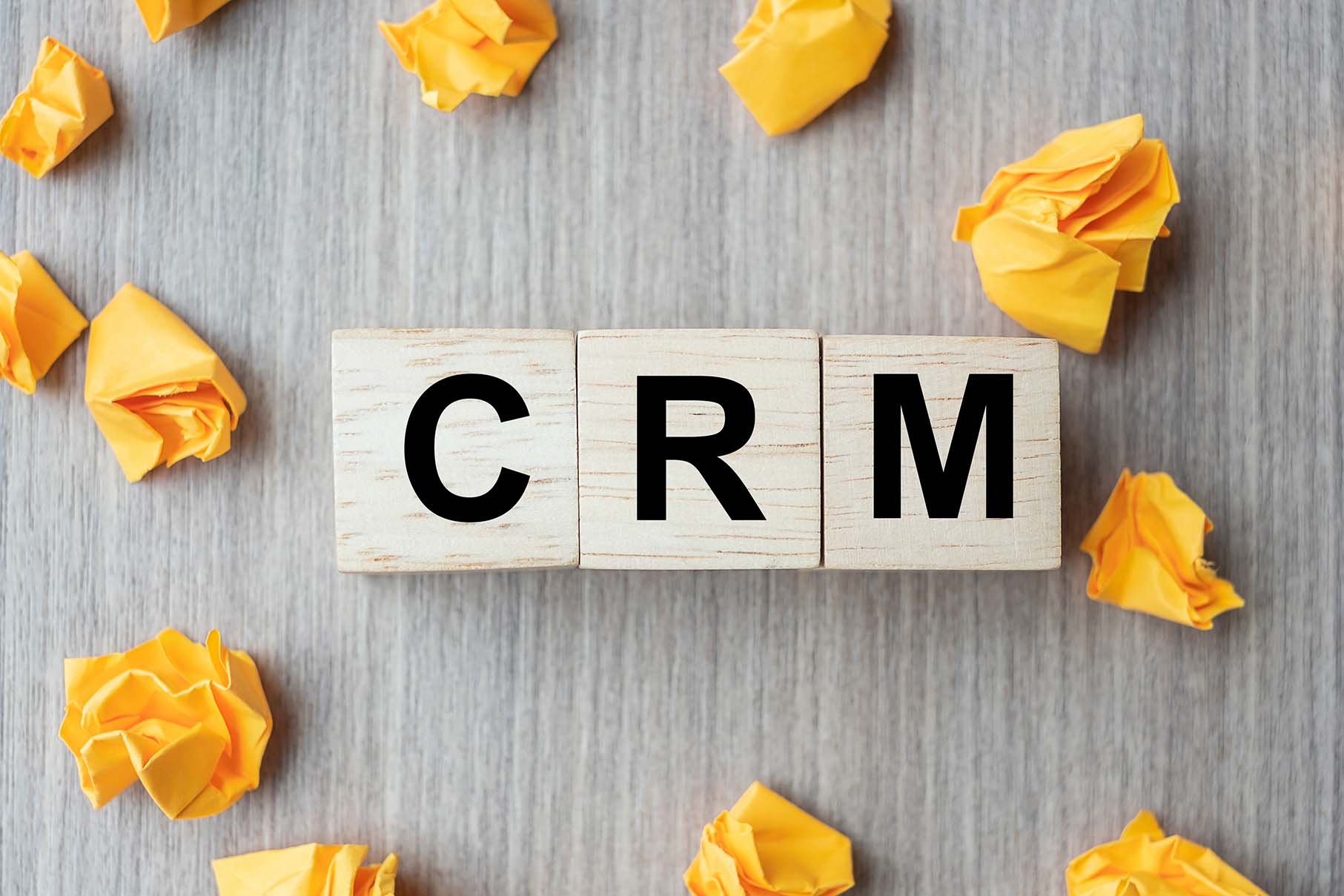
How to make sure your WordPress website is secure?
Use a Backup Service or Plugin for backup up both your site files and database — WordPress websites consist of two parts. …Create a regular schedule — Set your backups to happen automatically at regular intervals. …Store the backup files offsite — Make sure your backup files go to Dropbox, Google Drive, or a similar service, not your own server. …
If you’re running a WordPress site, it’s important to take measures to ensure its security. With so many attacks taking place these days, you can’t afford to be lax when it comes to security. Here are 15 ways to secure your WordPress site:
1. Use a strong password for your WordPress admin account and never use the same password at multiple sites.
2. Install a WordPress security plugin like Sucuri or Wordfence.
3. Keep your WordPress install, themes, and plugins updated.
4. Don’t install plugins or themes from untrustworthy sources.
5. Delete any unused themes and plugins.
6. Use a backup plugin to create regular backups of your site.
7. Restrict access to your WordPress admin area using .htaccess or a security plugin.
8. Two-factor authentication adds an extra layer of security to your WordPress login.
9.Scan your site regularly for malware using a service like Sucuri SiteCheck.
10. Block bad bots and crawlers from your site using .htaccess or a security plugin.
11. If you must use FTP, make sure to use SFTP instead of plain FTP.
12. Harden your PHP install by adding the following to your wp-config.php file:
define(‘WP_DEBUG’, false);
define(‘WP_DEBUG_LOG’, false);
define(‘WP_DEBUG_DISPLAY’, false);
@ini_set(‘display_errors’,0);
13. Consider moving your wp-config.php file one directory up from the default location.
14. Use a content delivery network (CDN) to offload some of the load from your server.
15. Keep an eye on your site’s performance and address any issues promptly.
Following these WordPress security tips will help to keep your site safe from attack. Stay vigilant and don’t hesitate to take action if you think your site may have been compromised.
### 1. Keep Your WordPress Updated
One of the most important things you can do to keep your WordPress site secure is to make sure it’s always up to date. Keeping your site updated to the latest version of WordPress will help keep it secure against any newly discovered vulnerabilities.
### 2. Use Strong Passwords
Another important way to keep your WordPress site secure is by using strong passwords for your WordPress account and for any FTP or SSH accounts associated with your site. A strong password is one that is at least eight characters long and includes a mix of upper and lowercase letters, numbers, and symbols.
### 3. Don’t Use “admin” as Your Username
Another common WordPress security mistake is to use the username “admin” for your WordPress account. If you use “admin” as your username, it makes it much easier for someone to guess your password and gain access to your WordPress site.
### 4. Use a WordPress Security Plugin
One of the best ways to keep your WordPress site secure is to use a WordPress security plugin. There are many great WordPress security plugins available, each with its own unique set of features.
### 5. Keep Your Themes and Plugins Updated
In addition to keeping WordPress itself updated, it’s also important to keep your themes and plugins updated. Like WordPress, themes and plugins can also contain vulnerabilities which can be exploited by hackers.
### 6. Don’t Install Untested Themes and Plugins
While it’s important to keep your themes and plugins updated, it’s also important to only install themes and plugins that are well-tested and trusted. Installing untested themes and plugins can introduce new vulnerabilities to your WordPress site.
### 7. Use a Web Application Firewall
A web application firewall (WAF) is a security tool that can help protect your WordPress site from attacks. A WAF works by inspecting incoming traffic and blocking or slowing down any requests that appear to be malicious.
### 8. Limit Login Attempts
By default, WordPress allows unlimited login attempts, which means that a hacker could potentially try to guess your password an infinite number of times. You can limit the number of login attempts in WordPress by installing a plugin like Limit Login Attempts.
### 9.Disable File Editing
By default, WordPress allows users to edit theme and plugin files directly from the WordPress admin area. This feature can be dangerous because it allows users to make changes to files without any checks or balances. If you’re not a developer, you can disable file editing in WordPress by adding the following line to your wp-config.php file:
“`
// Disallow file edit
define( ‘DISALLOW_FILE_EDIT’, true );
“`
### 10. Use Two-Factor Authentication
Two-factor authentication (2FA) is a security measure that adds an extra layer of protection to your WordPress account. With 2FA enabled, you’ll be required to enter not only your username and password, but also a second code which is typically generated by an app on your smartphone.
### 11. Keep Your WordPress Site Backed Up
Backing up your WordPress site is one of the best ways to ensure that you can always restore it if it’s ever hacked or damaged. There are many WordPress backup plugins available, each with its own set of features.
### 12. Use a Security Scanner
A WordPress security scanner is a tool that can help you identify possible security issues with your WordPress site. There are many great WordPress security scanners available, both free and paid.
### 13. Be Careful Who You Give Access To
If you allow other people to access your WordPress site, whether as contributors, editors, or administrators, it’s important to be careful about who you give access to. Ensure that you only give access to people who you trust and who you know will take proper security precautions.
### 14. Harden Your Security With .htaccess
The .htaccess file is a configuration file that you can use to change how your WordPress site behaves. By properly configuring your .htaccess file, you can harden the security of your WordPress site and make it more difficult for hackers to gain access.
### 15. Use a WordPress Security Service
There are many WordPress security services available which can help you secure your WordPress site. These services typically offer features like malware scanning, web application firewall, and two-factor authentication.



